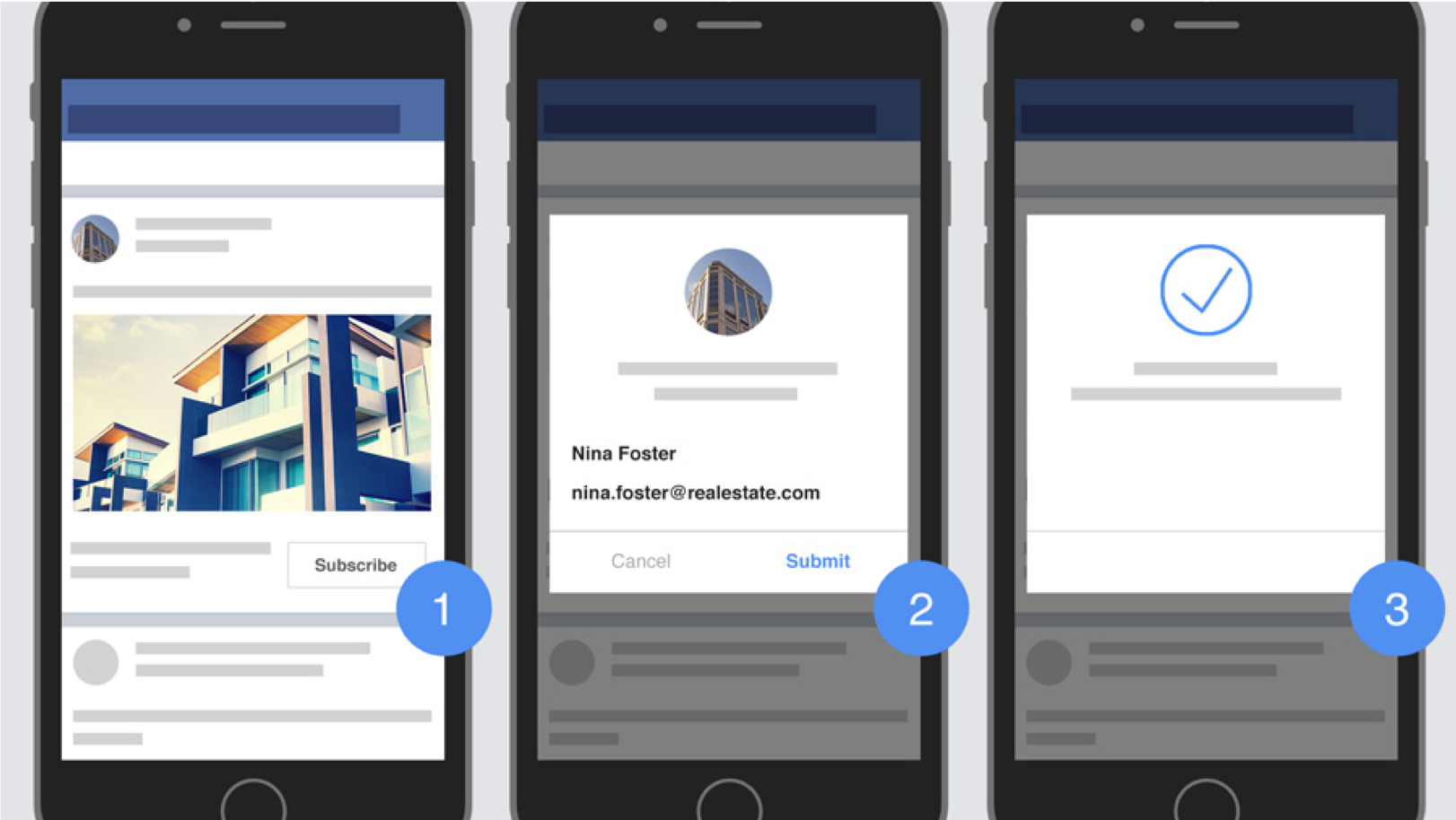How to get business leads?
Lead generation refers to the process of identifying and attracting potential customers, or “leads,” to your business, with the goal of converting them into paying customers. There are many strategies and tactics that can be used to generate leads. Web Designer and Leads recommends to use trusted platforms like Google, Fb, Instagram and TikTok to generate business leads. You will ask: “Which platform works best?” Well, the answer is: “Depends what type of business you run”. Each platform has different audience. Successful lead generation lies in correctly choosing your targeted audience (potential customers). Our professional lead generation agents will be happy to assist you choosing the proper platform.
Lead generation is a crucial component of any successful service business, as it is the process of identifying and attracting potential customers, and ultimately converting them into paying customers. Without a steady stream of leads, it can be difficult for a service business to generate revenue and grow.

How does it work?
While the lead generation process can vary depending on the business and industry, the steps you have mentioned can be a part of the overall process. Here is a more detailed breakdown of the lead generation process:
- Identify your target audience: The first step is to identify your ideal customer and understand their pain points, needs, and preferences. This will help you create targeted campaigns that resonate with your audience and drive conversions.
- Choose your platforms: Once you have identified your target audience, you need to choose the platforms where you will run your campaigns. This could include search engines, social media platforms, email, or other channels that are most relevant to your audience.
- Create your campaigns: With your target audience and platforms in mind, you can create targeted campaigns that address their needs and pain points, and encourage them to take action. This could include creating compelling ad copy, landing pages, and calls to action that drive conversions.
- Capture lead contact information: Once a potential customer expresses interest in your business, you need to capture their contact information, such as their name, email address, and phone number. This can be done through lead capture forms on your website, or through other channels such as phone calls or in-person interactions.
- Follow up with leads: Once you have captured a lead’s contact information, it’s important to follow up with them in a timely manner. This could involve scheduling a consultation, providing more information about your services, or answering any questions they may have.
- Schedule estimate: Once you have connected with a lead, you can schedule an estimate or proposal to discuss the specifics of their project or needs.
- Complete the sale: Finally, if the lead is interested in moving forward with your services, you can complete the sale and begin delivering your services to the customer.
Overall, the lead generation process is an ongoing effort that requires continuous testing, optimization, and refinement to drive the best results.

More ideas to generate business leads:
-
-
- Content marketing: Creating valuable, informative content such as blog posts, videos, and ebooks that address your target audience’s pain points and provide solutions.
-
- Search engine optimization (SEO): Optimizing your website and content for search engines like Google, so that potential customers can find you when searching for relevant keywords.
-
- Social media marketing: Leveraging social media platforms like Facebook, Twitter, and Instagram to reach a wider audience, build relationships, and drive traffic to your website.
-
- Email marketing: Sending targeted, personalized emails to potential customers with the goal of nurturing relationships and encouraging them to take action.
-
- Pay-per-click (PPC) advertising: Using platforms like Google Ads and Facebook Ads to display ads to potential customers based on their search queries or interests.
- Referral marketing: Encouraging existing customers to refer their friends and family to your business, either through word-of-mouth or by offering incentives.
-
These are just a few examples of the many strategies that can be used to generate leads. The key is to identify the most effective tactics for your business, based on your target audience, industry, and goals, and to continually measure and optimize your lead generation efforts over time.
By focusing on lead generation, a service business can ensure that it is reaching the right audience, addressing their pain points, and providing solutions that meet their needs. This can help build trust, establish credibility, and ultimately lead to more conversions and repeat business.




